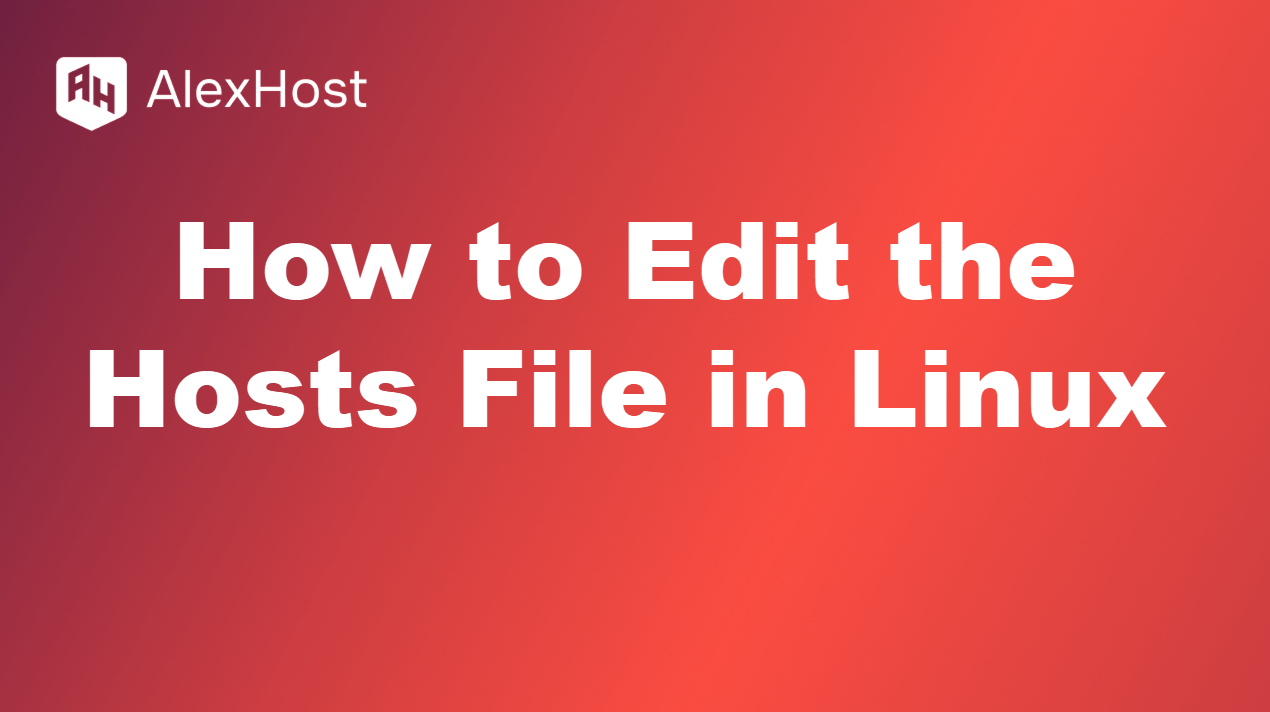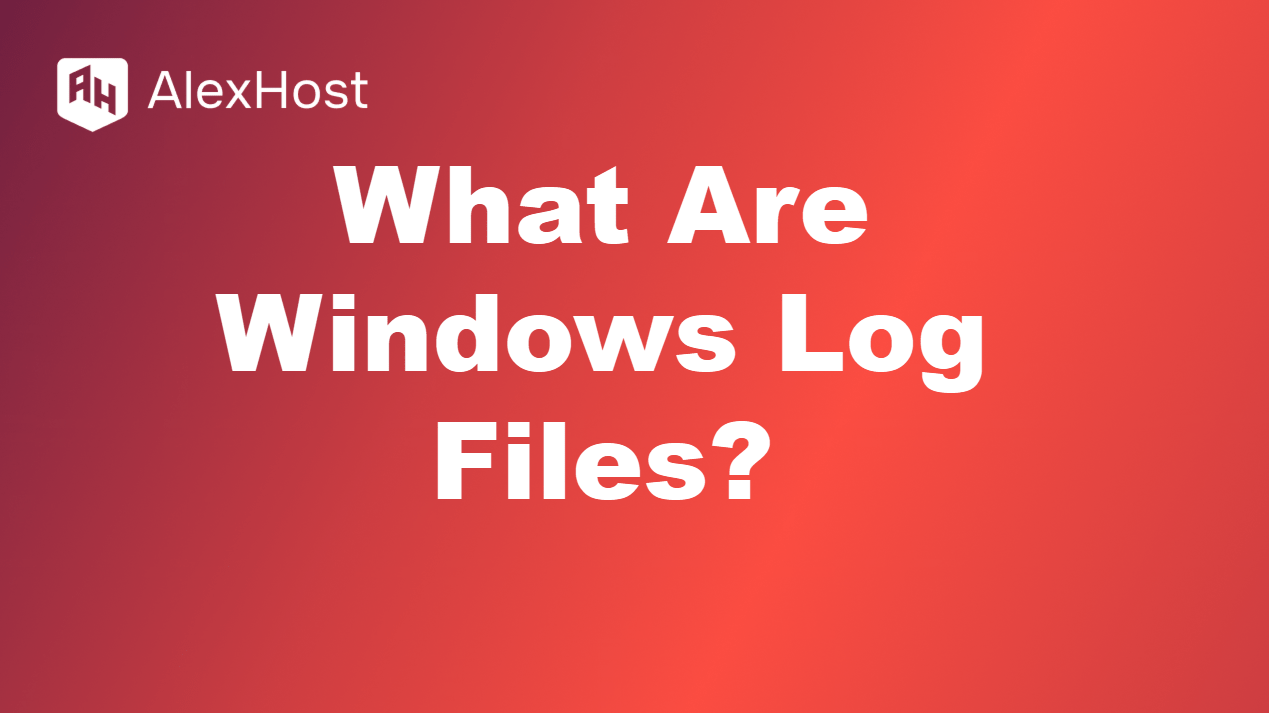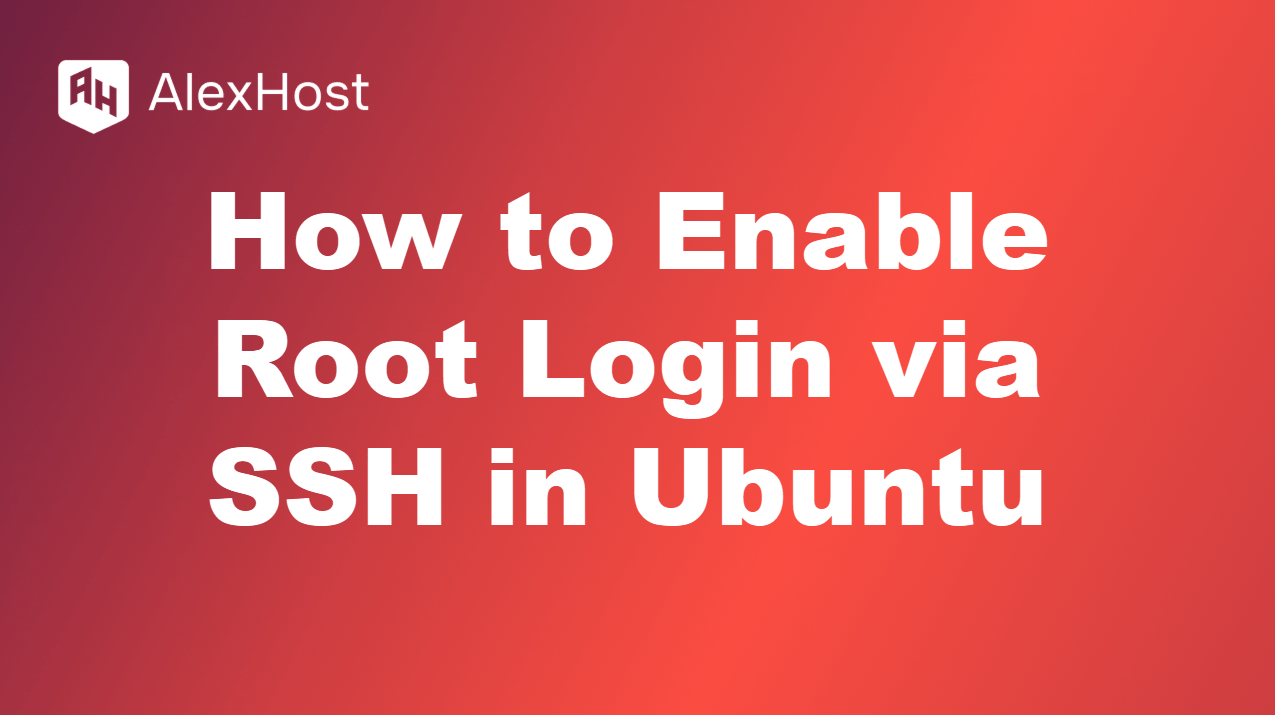The hosts file in Linux is a crucial system file used to map hostnames to IP addresses. This file allows users to define custom domain name resolutions, which can be particularly useful for local development, testing, or overriding DNS lookups for specific domains. In this article, we’ll walk through how to edit the hosts file […]
Read MoreDeploy LAMP Stack on AlexHost: Power Your Web Apps Why use LAMP on AlexHost? The LAMP stack (Linux, Apache, MySQL, PHP) is a go-to for dynamic web apps like WordPress or custom APIs. AlexHost’s NVMe-powered VPS and dedicated servers, with root access and DDoS protection, offer a high-performance, secure platform to run LAMP stacks. This […]
Read MoreProtecting your digital infrastructure starts with a secure and reliable hosting solution. AlexHost’s Dedicated Servers are designed with robust security features, including DDoS protection, data encryption, and regular backups, ensuring your systems and sensitive data remain safe from evolving cyber threats. With AlexHost, you can focus on growing your business while we handle the heavy […]
Read MoreWhat are Windows log files, and why do they matter? Windows log files are like your system’s diary, recording every event, action, and hiccup in the Windows operating system and its apps. They’re your go-to tool for troubleshooting errors, monitoring performance, and keeping an eye on security. Whether you’re a system admin or a curious […]
Read MoreApache HTTP Server, commonly referred to simply as Apache, is one of the most widely used web server software applications. Knowing the version of Apache installed on your Linux VPS is essential for maintaining security, compatibility, and performance. In this article, we will explore various methods to check the Apache version installed on your system. […]
Read MoreBy default, Ubuntu disables root login over SSH for security reasons. This restriction helps to protect servers from unauthorized access, as the root account has full control over the system. However, in certain situations, such as troubleshooting or performing administrative tasks, you may need to enable root login via SSH. In this guide, we’ll walk […]
Read MoreCentOS 7, a popular server operating system known for its stability, ships with Python 2.x by default. However, many modern applications require Python 3, which offers significant improvements and new features. Installing Python 3 on CentOS 7 is an essential step for developers and system administrators who want to keep their environments up to date. […]
Read MoreA Reverse DNS record (rDNS) or PTR record is used to resolve an IP address into a domain name. Unlike regular DNS, which maps domain names to IP addresses, rDNS performs the reverse task by mapping an IP address to a domain name. This is useful for tasks such as verifying sender authenticity on mail […]
Read MoreA 401 error on a WordPress site indicates that the server is blocking access due to unauthorized credentials. This error message usually reads: “401 Unauthorized” or “Access Denied”. Understanding why this happens and how to fix it is crucial for maintaining a functioning website. This guide will cover the most common causes of a 401 […]
Read More.AU Domain Registration: Your Guide to Securing an Australian Web Address Why register a .AU domain? A .AU domain screams “Australian” and builds trust with local customers, whether you’re a business, non-profit, or individual. Managed by auDA (Australian Domain Administration), .AU domains require a genuine Aussie connection. This guide simplifies the eligibility rules for different […]
Read More
















